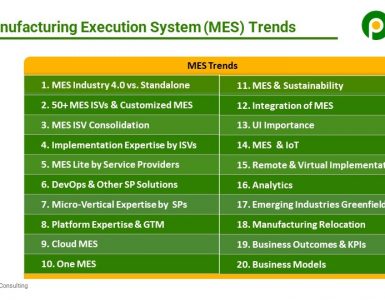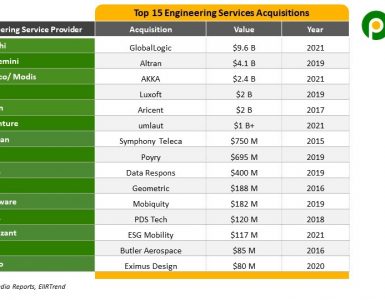In this quarter, the main highlight is layoffs announced in many firms. There is another strong hiring trend in certain enterprises, which got lost somewhat in layoff news. On digging deeper, we found out that most layoffs are in digital engineering firms, and most new hiring announcements are in traditional engineering or asset-heavy firms.
The layoffs announced are in Meta, Amazon, Twitter, Microsoft, Lyft, Stripe, Coinbase, Shopify, Netflix, and Snap, among others. There are all digital engineering firms.
The hiring announcements are in Airbus, Boeing, Magna, Hyundai, Stellantis, Continental, Nokia, Zebra, Bosch, Audi, and Schaeffler, among others. These are mostly asset-heavy traditional engineering firms.

Note- This is selected data, and there will be some hiring in a few digital firms and some layoffs in a few traditional or asset-heavy firms also in this quarter, but the larger trend is clear.
Why are layoffs happening in digital firms?
- Mega growth followed by uncertainty. Digital firms experienced mega growth during the pandemic because of the shift to online and digital. Their valuation hit the roof. The funding was easily available, and many digital start-ups got funded with crazy valuations. Expecting exponential growth, many digital firms prepared themselves by hiring more. In the face of macro uncertainty, these digital enterprises are taking stock of the situation and rightsizing their organizations for a best-case scenario of moderate growth,
- Abandoning non-viable projects. Digital firms have started many projects during the last few years. Now they are taking a hard look at these projects and shelving, which are not economically viable. Some examples in the public domain are Google, SAP, and IBM are closing down their respective IoT platform. IBM and Maersk are closing down their blockchain platform. People who are working on these projects with either be laid off or shifted to other projects
Why is hiring happening in traditional asset-heavy firms?
- On the recovery path. The asset-heavy firms didn’t experience mega-growth or hype during covid. In fact, most of them experienced a decline. Now, these firms are on the recovery path. Unlike digital firms, they don’t have the problem of oversized organization, which they need to trim to make it right-size. There is more or less business as usual and planning for moderate to good growth going forward.
What are the implications for engineering services?
- Risk for pure-play digital engineering service providers. The pure-play engineering service providers who only rely on digital may face some headwinds next year. It will depend upon their client portfolio and their relationships. The impact will be different for different digital engineering firms
- Favorable for traditional engineering service providers. Traditional and broad-based engineering service providers will find a tailwind next year. Automotive has been the biggest tailwind for engineering services, and the aerospace sector is also doing well now.
Bottom Line: Is it the revenge of traditional sectors against digital? In the fast-changing macro environment, tailwinds can become headwinds, and headwinds can become tailwinds in a short period. Digital has been a big tailwind for the last couple of years. Just see the growth in the valuation of the digital engineering service provider in the last couple of years. Similarly, headwinds can become tailwinds also. A case in point is aerospace engineering. In this scenario, the age-old wisdom of a balanced portfolio of engineering services with different services and industries is a safer bet for investment.





 Pareekh Jain
Founder of Pareekh Consulting & EIIRTrends
Pareekh Jain
Founder of Pareekh Consulting & EIIRTrends
Add comment